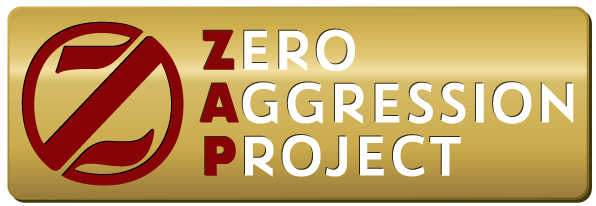
How many libertarians are there? Retweet
By Perry Willis
If you’re like most libertarians I’ve met, you probably think that we cannot create a more libertarian society because…
A. We are too few in number
B. We must convert millions of hard-core left-statists and right-statists
You may also feel despair after many failed attempts to cause such conversions. But what if I told you that such heavy lifting isn’t needed?
Consider this evidence…
- A Reuters survey finds that 1-in-5 Americans — 64 million people! — self-identify as libertarians, while having a decent understanding of what the word means!
- A study by the Public Religion Research Institute adds credibility. It identified 22 million people as “hardcore libertarian,” and 48 million as libertarian-leaning. 22 + 48 = 70 – very close to the 64 million found by Reuters.
But surely those people aren’t real libertarians, like you are, right?
I agree.
- Only a very few of them are what I call limited-state libertarians — people who want to limit The State to police, courts, and defense. Ron Paul is a good example of a limited-state libertarian.
- Even fewer are voluntaryist libertarians — people who apply the Zero Aggression Principle to all issues.
- Most are probably only sector libertarians — people who would land in the libertarian sector of a Nolan Chart quiz, like our Political Conscience Test. LP presidential candidate Gary Johnson and Senator Rand Paul are decent examples of sector libertarians.
But even sector libertarians are people who would move the country in a libertarian direction, if only they could be mobilized for that purpose.
Sector libertarians are also people who might be susceptible to adopting limited-state or voluntaryist positions, if only they were exposed to good reasons for doing so.
This is why we created the Zero Aggression Project. We want to…
- Use clever interactive tools to find out who the libertarians are.
- Share key libertarian ideas with these people so as to deepen their libertarianism.
- Sell them on a strategy that will inspire them to action.
No other group has made this package of tactics their primary focus. If you want to discover thousands, and eventually millions of libertarians, activate them, and even move a chunk of them in a voluntaryist direction, then the Zero Aggression Project is what you’ve been waiting for.
Please share our Political Conscience Test and our Mental Levers with your friends via email, Facebook, or other social networking platforms.
Perry Willis is the co-creator of the Zero Aggression Project.


What attracts me to the Zero Aggression Project is that its a principled position without dismissing every single thing that resembles government. Clubs, associations, subscriptions have central authority like functions without insisting on obedience. I am growing more appreciative of what cities do and actually am more forgiving of their abuses as they are revealed by people who are very much bothered by them.
I’m looking forward to articles in Zero Aggression Project articles which show how certain government activities can be zero aggression and still function. Two examples I know of are libraries and building codes. That it can be more efficient is a level of problem that is in the noise compared to the fact that they do not call the police when a book is never turned in. When there is a building code violation, they do not arrest you, they merely wait patiently until you sell the property and the bank needs the city to approve of your house’s quality of safety. Again that could be done by a competing private firm but the only reason is efficiency.
I suspect there are other functions of government which right now use the threat of violence to get compliance and with a change of rules could still function but without the specter of force.
How did such benign behavior come about within government? It may be the case that the zone czar would get something of a hard-on knowing he caused you pain, but to do so in most cities requires budget be transferred to the police department. Threat of violence can be costly for a city but only if the rules are done right. To change a light bulb on a signal light requires paying a cop overtime to be there to direct traffic. The rules are such that the traffic department would have to transfer payment. It’s not free for them. So they don’t. Instead the signal light man is told to do it late at night where his overtime rates are lower.
Here’s a trick that I’ve seen. When two cities merge their fire departments in order to share one $242,000 a year chief, they also share maintenance budgets in a very interesting way. The purchase request form that a captain in a Fullerton fire station wrote up (a new hose, and a coffee maker) needs a Brea manager approval because it comes out of Brea’s water bill receipts not Fullerton’s.
Author
Thanks for the supportive words Walter. You’re quite right, we think there are many approaches to governance that don’t require aggression. We plan to write mini-articles giving numerous examples in our expanding Mental Lever collection, Machinery of a Voluntaryist Society. In the meantime…
A few words about libraries and building codes. Libraries can be offered either as charitable entities (like those built by Carnegie) or as profitable ventures. In the beginning, most libraries were rental operations, like Blockbuster. The charitable and for-profit libraries existed side-by-side until the tax-funded models came along, driving the rental libraries to extinction. As for building codes…
Lenders have always imposed standards on construction and inspected to verify compliance. There were competing standards. Then statist building codes came in and monopolized this function. Now everyone builds to a set code. This stifles innovation without necessarily improving quality. For instance, if memory serves, pre-code houses survived hurricane Andrew better than the post-code houses did.
Thanks for your comments.